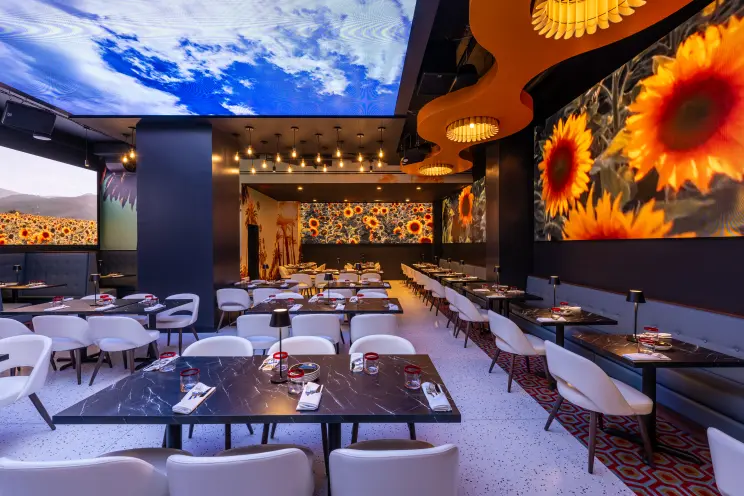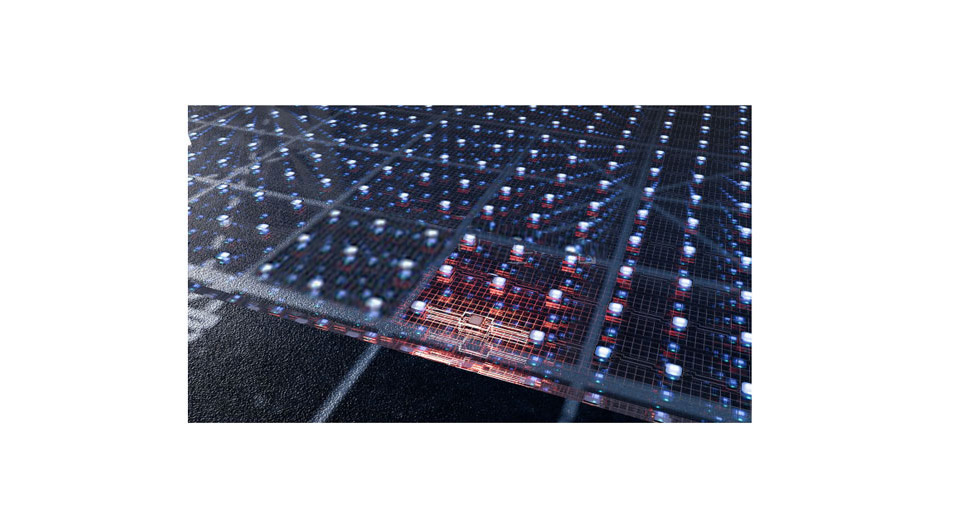

As transparent LED displays become a cornerstone of modern digital signage—from boutique storefronts to immersive trade show booths—there’s one thing that often goes overlooked: how do you actually manage the content on these screens? The answer is Transparent Display CMS.
Behind every stunning transparent screen installation is a Content Management System (CMS) doing the heavy lifting. It’s the quiet backbone of visual storytelling, making it possible to schedule, control, and update media across multiple displays—without having to be physically present at each screen.
Whether you’re managing a retail window LED display, running a campaign on a transparent screen for events, or deploying seasonal ads across multiple glass LED screens, the CMS is what turns transparent displays into smart, responsive marketing tools.

Let’s unpack what makes a transparent display CMS not just useful—but essential.
A transparent display CMS is a software platform designed to manage digital content (videos, images, animations, and even interactive elements) on transparent LED, OLED, or see-through screens. Unlike standard digital signage CMS platforms, a system designed for transparent displays must account for unique visual dynamics—like content layering, background visibility, and screen opacity.
With the rise of digital signage for storefront windows and window display advertising screens, having a CMS that can precisely control what shows up—when, how, and where—is mission-critical.

Transparent screens aren’t your average display. Their see-through nature means that content must be carefully designed to coexist with the physical environment behind the screen. This brings a few key CMS requirements into play:
Unlike opaque screens, transparent LED displays allow physical products or settings to remain visible behind the content. A good CMS enables you to design and preview content with transparency layers, ensuring it complements—not obstructs—the view.
In high-end retail, hospitality, and exhibitions, content needs to change based on time of day, audience, or even ambient lighting. A CMS built for transparent screen scheduling allows full automation—dayparting, seasonal rotations, and event-triggered playback.
For transparent video walls, LED window display panels, or multi-location retail rollouts, centralized control becomes essential. The CMS allows you to push synchronized content to multiple screens, whether it’s one transparent screen for a hotel lobby or a fleet of digital screens behind glass in malls across the country.
Want to deploy an interactive transparent display at a pop-up or event? The CMS should support interactive content—touch, motion, or sensor-based responses—turning your transparent signage for trade shows into a two-way experience.

Let’s look at how businesses use CMS-driven transparent displays in real-world settings:
With a robust CMS, switching from one campaign to the next takes minutes, not hours.

If you’re investing in transparent digital signage, whether for a boutique, showroom, or event space, choosing the right CMS is as important as the screen itself. Look for systems that offer:
Providers like SeeThruDisplay often integrate a tailored CMS with their hardware—making content deployment smoother, especially for users managing multiple transparent display showcases or rotating content for transparent ad screens.
As transparent screen technology matures, CMS capabilities are expanding with AI-based content optimization, dynamic data integration (think weather-based ads), and even real-time audience analytics.
That means your clear display technology won’t just play a looped video—it’ll respond to foot traffic, adjust to lighting conditions, and adapt your message to the moment.
In a world where attention is currency, and retail windows compete not just with the store next door but with smartphones and social feeds, a transparent display with the right CMS becomes a quiet but powerful differentiator.
And when it’s working well? You won’t even notice the software behind the screen—just the stunning experience in front of it.